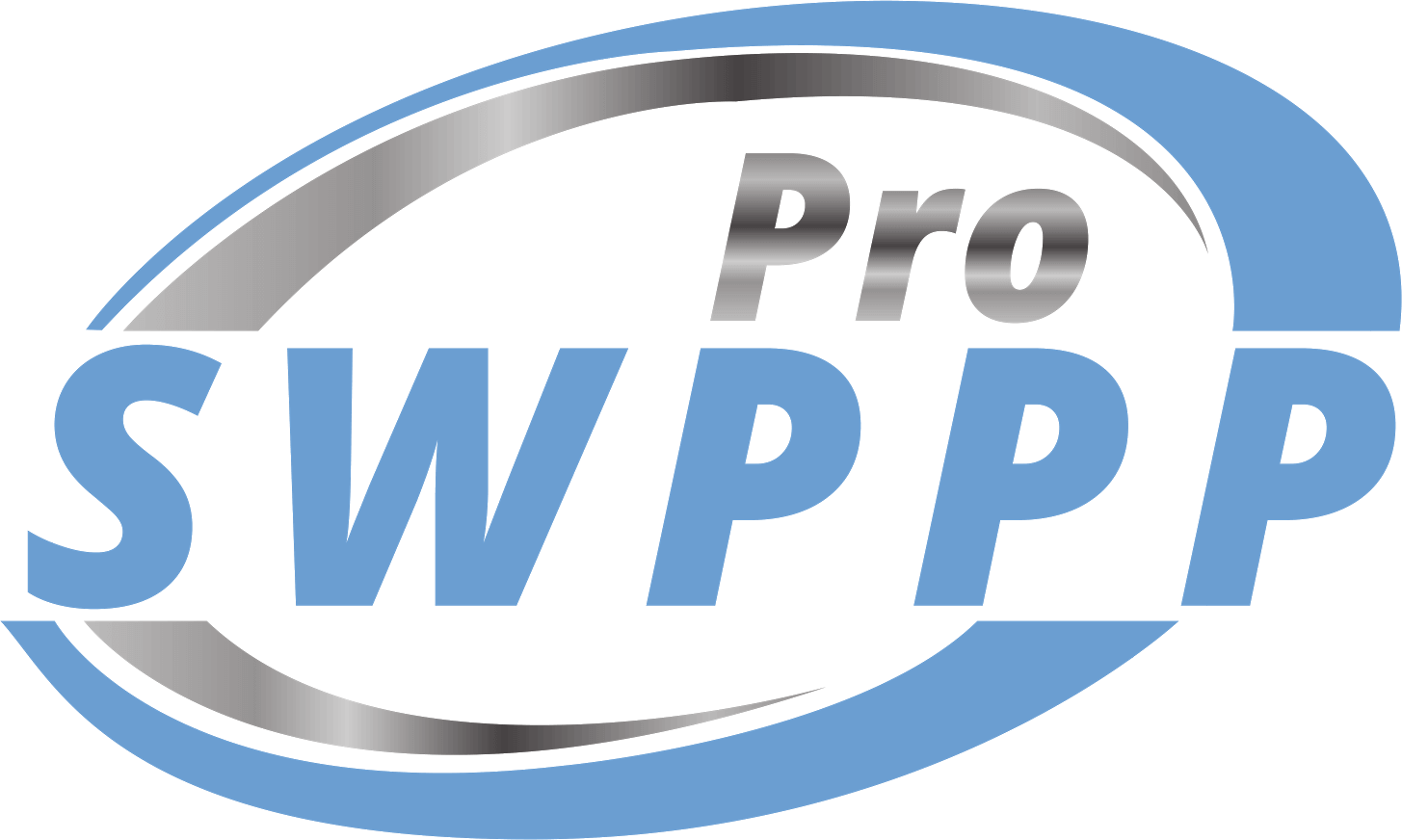Construction and a variety of other activities in Texas require compliance with what’s known as SWPPP, or Texas’ Stormwater Pollution Prevention Plan.
This is handled by TCEQ, and if you don’t comply when the standards apply to you and your activities, there are major consequences.
Here are the TCEQ requirements you need to be aware of when you’re handling things such as construction.
What is the SWPPP?
The SWPPP is the Stormwater Pollution Prevention Plan in Texas. It’s adjusted, monitored, and enforced by TCEQ, or the Texas Commission on Environmental Quality.
The purpose of the SWPPP is to stop construction sites, industrial zones, and municipalities from letting storm runoff carry pollutants into our state’s beautiful natural water reserves. This includes things such as our fisheries, drinking water sources, etc.
SWPPP is crucial not only for your operation to continue without hefty consequences, but also to keep the Lone Star State’s natural resources intact for generations to come.
When TCEQ requirements apply to you and your operation, you have to create a valid SWPPP that shows you will do everything in your power to stop pollution from your site.
Construction and the SWPPP
Construction is one of the main fields that has to worry about SWPPP compliance. This is due to the various materials used in a construction zone that can be carried off across the natural environment due to storm runoff.
Luckily, construction requirements are fairly easy to understand, and they’re determined by the size of the site.
Less Than 1 Acre
If you’re building a small home, a single business location, or something else less than 1 acre in size, you do not have to worry about the SWPPP and the associated TCEQ requirements. The amount of damage you’re likely to cause with such a small site is negligible.
1 Acre to 5 Acres
Medium-sized sites ranging from 1 acre to 5 acres in size have minimal requirements to comply with. You’ll need two things.
First, the SWPPP and Construction Notice are required to be posted clearly at the site.
Then, you have to have your MS4 posted. This is your notice to the stormwater permitting department in the local area.
More Than 5 Acres
Large sites are anything over 5 acres, and they have the most requirements to remain compliant.
First, you’ll need the SWPPP and Construction Notice that smaller sites need. However, it goes beyond that.
You also need to file a Notice of Intent and a Notice of Termination for the project.
TCEQ Requirements for SWPPP in Industrial Operations
Construction is the main area that has to deal with the SWPPP. However, there is an instance where industrial operations will need to comply, as well.

If your industrial business is seeking its NPDES permit. This is the permit needed to discharge stormwater.
Whether or not your industrial operation will need this depends on the type of industrial processes being handled, because not every industrial business needs one. If you’re told to get an NPDES when seeking your permits, you’ll also need the SWPPP.
What Your SWPPP Will Need to Suffice
When you post your SWPPP, it has to account for the way storm runoff can travel on impervious surfaces such as roads, pick up contaminants, and transfer those contaminants into our state’s natural resources.
There are a few things you need to include in your SWPPP.
BMP
Best Management Practices, or BMPs, are a set of guidelines showing how on-site management will strive to prevent pollution and the various steps they will take to do so.
Responsibility List
This is a list of the personnel in charge of ensuring compliance with TCEQ and their roles in fulfilling the SWPPP.
Site Map and Plans
The SWPPP will have a site map that highlights the various activities taking place and where they will take place to highlight key points of potential storm runoff.
Documentation of Changes
As your project or operation goes on, things will change. It’s important to document those changes, keep records of activities, and record all inspections to ensure the SWPPP is working.
Plan Updates
Maintaining compliance with TCEQ requirements also includes updating your SWPPP as needed.
When the scope of your project changes, new challenges are presented, or unexpected events occur, you might need to reevaluate your SWPPP and make changes to prevent runoff from polluting the surrounding area.
When that occurs, the changes need to be outlined in your posted SWPPP to reflect the current plan.
Exemptions to SWPPP Requirements
While most construction sites and many industrial areas require an SWPPP to operate and get their NPDES coverage for the project, there are a couple of exemptions that might apply.

Most notably, this includes sites and operations that will be discharging via the municipality’s existing sewage and runoff infrastructure. This is mostly relevant to industrial operations and municipalities.
However, construction sites that are solely small-scale interior operations, such as remodels, are also exempt. There are no runoff, fueling, or excavating concerns that can damage the land and affect stormwater runoff.
Consequences of Not Making a Compliant SWPPP
If you do not have an SWPPP when you’re required to, there are a number of major consequences you will face.
First, since many people who need an SWPPP are applying for NPDES coverage, the most notable consequence is not getting the NPDES. It’s a basic requirement whenever an NPDES is needed, regardless of whether you’re in construction or industrial settings.
However, while that’s a major inconvenience, it’s also the best-case scenario because you’re able to correct it before real consequences occur.
If you manage to get an NPDES or any other green light thanks to a compliant SWPPP, and then you don’t follow that SWPPP, update it as required, or otherwise maintain it properly, consequences can come in the form of hefty fines, permit revocation, and legal issues.
Navigating TCEQ Requirements and SWPPP
If all that sounded complicated and easy to mess up, that’s because it is. It’s a necessary system that does a lot of good for our beautiful state and its natural resources, but it’s complex to comply with.
To get expert guidance with your SWPPP and related regulations, contact our SWPPP professionals today. We take the stress and worry out of compliance.

